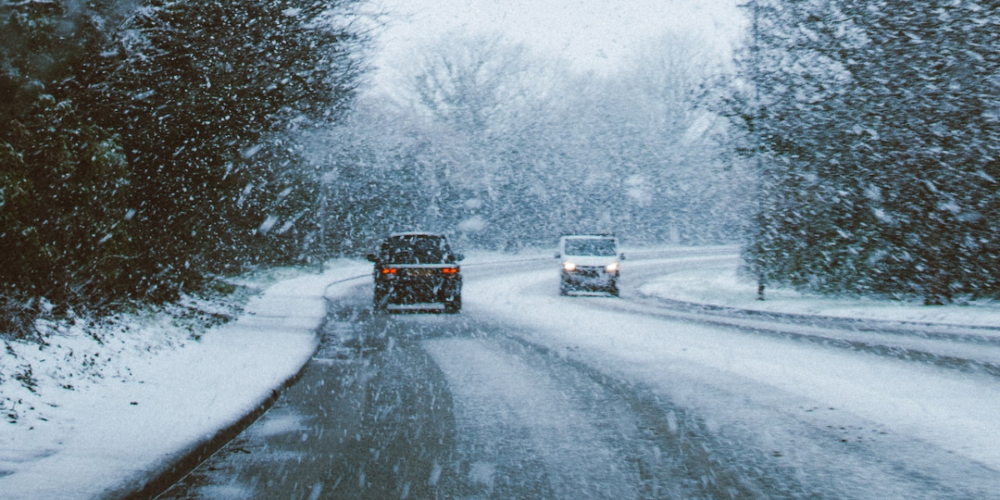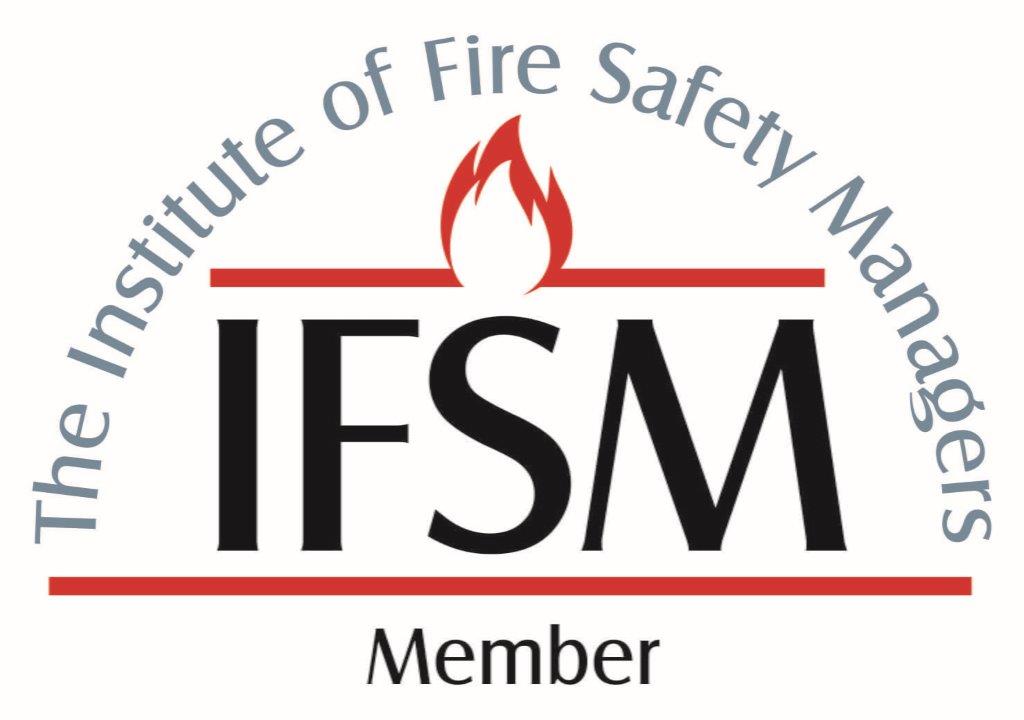
Keeping Safe When Driving in Snow and Ice
This year has already seen its fair share of weather warnings, and March is keeping the pace as snow and ice is set to cover the country with an amber blizzard warning being issued by the Met Office.
Keeping safe when driving in snow and ice is incredibly important, and since we don’t regularly have these types of weather conditions, it’s easy to forget the do’s and don’ts.
Whatever your reasoning for driving in icy conditions, maybe you’re a courier, HGV operator, taxi or transport driver, or you’re just simply trying to commute to and from work, keeping safe when driving in snow and ice is paramount to avoid accidents.
The first step to ensuring you keep safe is preparation. Being prepared for when the full winter weather hits the UK will prevent making choices that could cause an accident.

Plan your journey and your time.
By planning your journey you can check before setting off where there may be road blockages, accidents, and warnings put in place for incidents like black ice on the road. You can therefore avoid certain routes, and be prepared when you do have to journey on particular roads.
You will need to allow yourself more time to prepare for driving in icy conditions. Firstly, preparing your car to drive if it’s been outside during the snow and ice will take time. Many people just scrape a section from their windscreen, but this isn’t adequate. You must ensure you can see through the whole windscreen, and give time for the glass to demist, remember driving with snow on your car is against the law, so remove it before you drive off.
By allowing yourself additional time to make your journey, you avoid rushing (which is always dangerous), and you can allow for slower moving traffic, diversions, etc.
Make sure your car is ready.
Pre-journey car checks are of the utmost importance before driving in the snow and ice. Checking things like the tread of your tyres is deep for optimal grip, or if snow is a regular occurrence where you live or work, it could be worth investing in snow chains or snow socks.
Windscreen wipers also take a huge hit during icy weather. They freeze to the screen and when turned on they can split and break, making your journey an absolute no go. Ensure your wipers (like your windscreen) are fully defrosted before use and travel.
When driving in icy conditions, it’s most likely the road will be covered in grit salt, which clouds up the windscreen regularly. Having plenty of screen wash (that has also not frozen) is vital to carry out a journey in the snow and ice safely. Buying screen wash that contains antifreeze is a good way to avoid it freezing and can speed up de-icing your windscreen.
Pack for the weather and potential outcomes.
Once you know your car is safe and fully prepared for your journey, it’s next time to ensure you are prepared for getting stuck, delayed or potentially involved in an accident. Winter months bring later dark mornings and early dark nights, pack a torch and high vis vest to see and be seen. Pop some snack food and drinks in the car with a blanket in case you’re stuck at the side of a road for a while, it’s never fun to be hungry or cold!
Having a car phone charger is always useful and there’s nothing worse than needing to call your recovery company if you get stuck and your phone runs out of battery – on that, remember to have your breakdown recovery phone number handy too!

When it comes to keeping safe when driving in snow and ice, there are a number of changes we should make:
- Use low revs and higher gears.
- Avoid wheel slip by setting off in 2nd gear.
- Maintain a safe stopping distance from the vehicle in front of you – it’s recommended at 10 times the normal recommended gap when driving in icy conditions.
- When going downhill use lower gears to avoid braking and skidding.
- Slow down in plenty of time before approaching a bend, braking on the bend could cause skidding.
- If you do skid, try not to panic and steer gently into it – for example, if the rear of the car is sliding to the right, steer to the right. Do not take your hands off the steering wheel or stamp your foot on the brakes.
- Put your lights – try to make your car as visible as possible no matter what time of day it is. If it’s foggy or snowing, put your fog lights on.
- Remember, if it has been icy or snowing and as the day progresses the majority has melted from the roads, still be wary. In winter months the sun is especially low and some areas of the road may not have been exposed, therefore the ice is still a hazard, especially if driving at regular speeds and distances.
The easiest way of keeping safe when driving in snow and ice, is to not drive if you don’t have to. Avoiding the hazards brought by winter conditions is best when possible, but if your journey is essential, we hope our useful information keeps you safe and prepared.
Learn more about our health and safety services and keep up to date with our social media.












